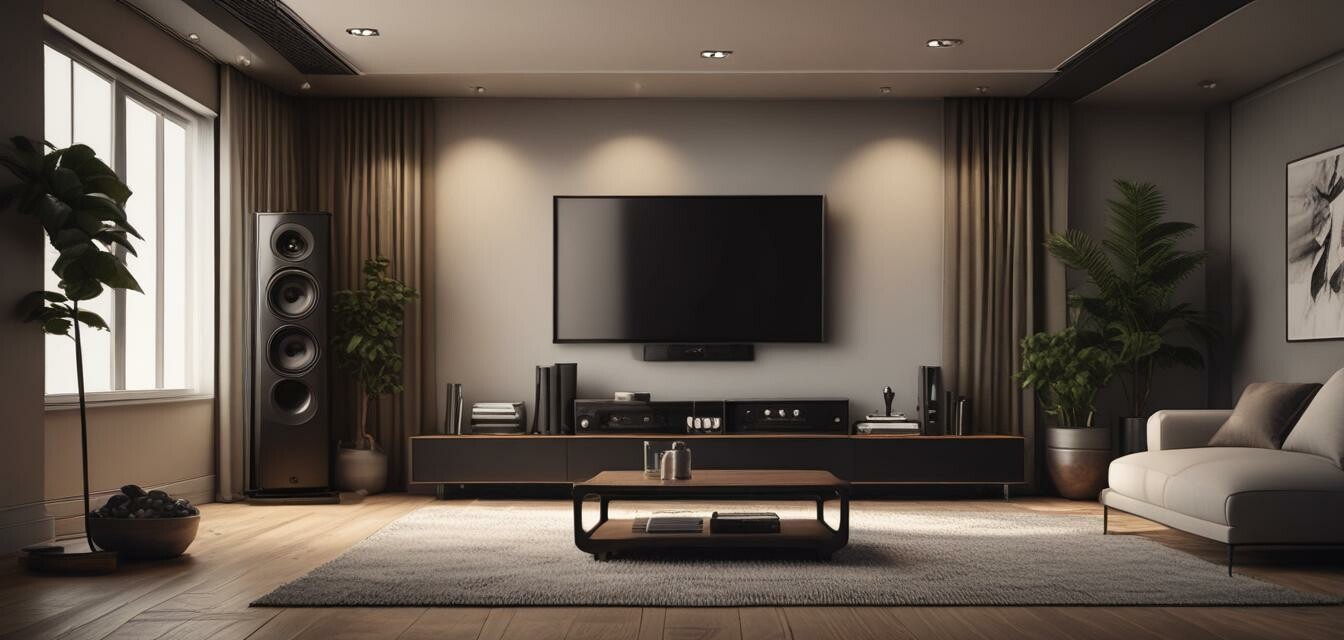
Essential Tips for Upgrading Your Home Theater Sound
Key Takeaways
- When upgrading your sound system, ensure compatibility with existing components.
- Invest in acoustic treatments to enhance sound quality.
- Consider speaker placement for optimal audio performance.
- Utilize high-quality cables for better connectivity and sound clarity.
- Regularly update your receiver's firmware for improved functionality.
Upgrading your home theater sound system can be an exciting venture that greatly enhances your viewing experience. With the right tips and guidance, you can ensure that your new audio components not only perform well but also integrate seamlessly with your existing setup. In this article, we will cover essential tips for upgrading your home theater sound, focusing on compatibility, performance, and sound quality.
Assessing Your Current Setup
Before you start selecting new components, it’s crucial to evaluate your current setup. Assessing your existing system helps determine what upgrades will provide the most noticeable improvements.
- Examine your current audio components (receivers, speakers, subwoofers).
- Consider the room size and acoustics.
- Identify any limitations in your current system.
Choosing Compatible Components
Choosing the right components is key to a successful upgrade. Ensure that any new equipment will connect and work with what you already have.
| Component Type | Compatibility Check |
|---|---|
| Speakers | Check amp power rating and impedance. |
| Receiver | Ensure HDMI and audio input/output compatibility. |
| Subwoofer | Verify connection options (wired/wireless). |
| Cables | Use high-quality cables specific to your components. |
Investing in Acoustic Treatments
Acoustic treatments can dramatically improve sound quality by controlling reflections and enhancing audio clarity. Here are some effective options:
- Sound Absorbers: Reduce echo and improve clarity.
- Bass Traps: Manage low-frequency sound waves for better balance.
- Diffusers: Help scatter sound waves, preventing dead spots in the listening area.
Optimal Speaker Placement
Speaker placement is critical for achieving the best sound. Follow these guidelines for optimal setup:
- Position front speakers at ear level, facing the seating area.
- Place the subwoofer in a corner or near a wall for enhanced bass response.
- Ensure surround sound speakers are slightly above ear level and angled toward the seating area.
Using High-Quality Cables
Investing in high-quality cables can significantly improve your sound experience. Here are some key cables to consider:
| Type of Cable | Importance | Recommended Features |
|---|---|---|
| Speaker Cables | Transmits audio signal from receiver to speakers | Low gauge for longer runs, oxygen-free copper |
| HDMI Cables | Transmits both audio and video signals | Latest HDMI specifications (2.0 or higher) |
| Optical Cables | Digital audio connection | Standard or high-speed rated for best performance |
Regularly Updating Firmware
Keep your receiver and other components up-to-date with the latest firmware. This ensures your system benefits from improvements and bug fixes:
- Check manufacturer websites for firmware updates.
- Follow instructions carefully to avoid issues during the update.
- Consider setting updates to automatic if available.
Final Considerations
Upgrading your home theater sound system is not just about purchasing new equipment; it's also about ensuring everything works together harmoniously. Take your time to evaluate your current setup, choose compatible components, and don’t overlook the importance of sound treatments and quality connections.
For more tips on enhancing your audio experience, explore our Setup Tips section.
Pros
- Improved audio clarity and depth
- Enhanced overall home theater experience
- Better compatibility between components
- Increased property value with high-end setups
Cons
- Can become expensive with high-end equipment
- Requires time and effort for proper setup
- Mismatch of components can lead to performance issues

